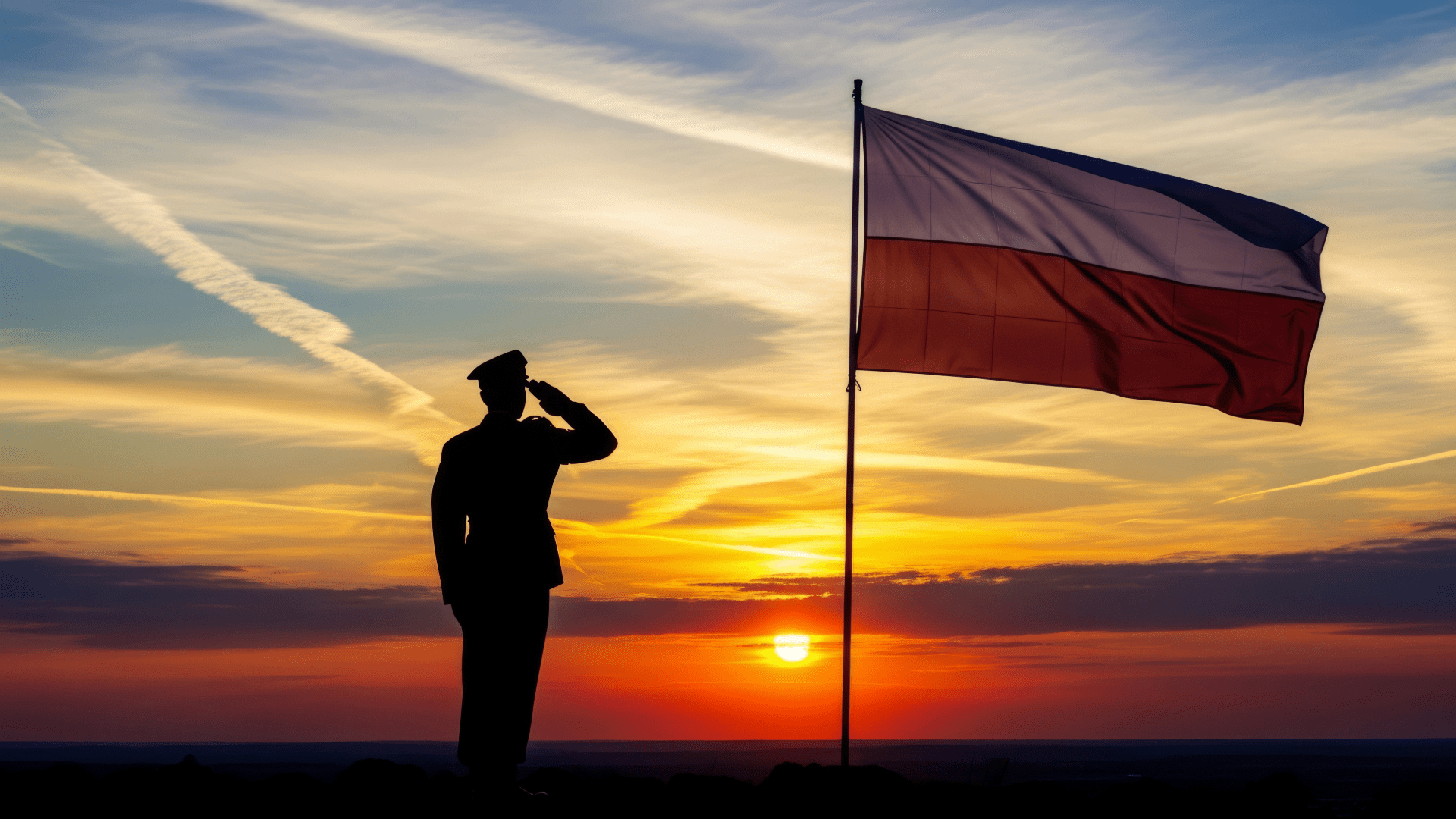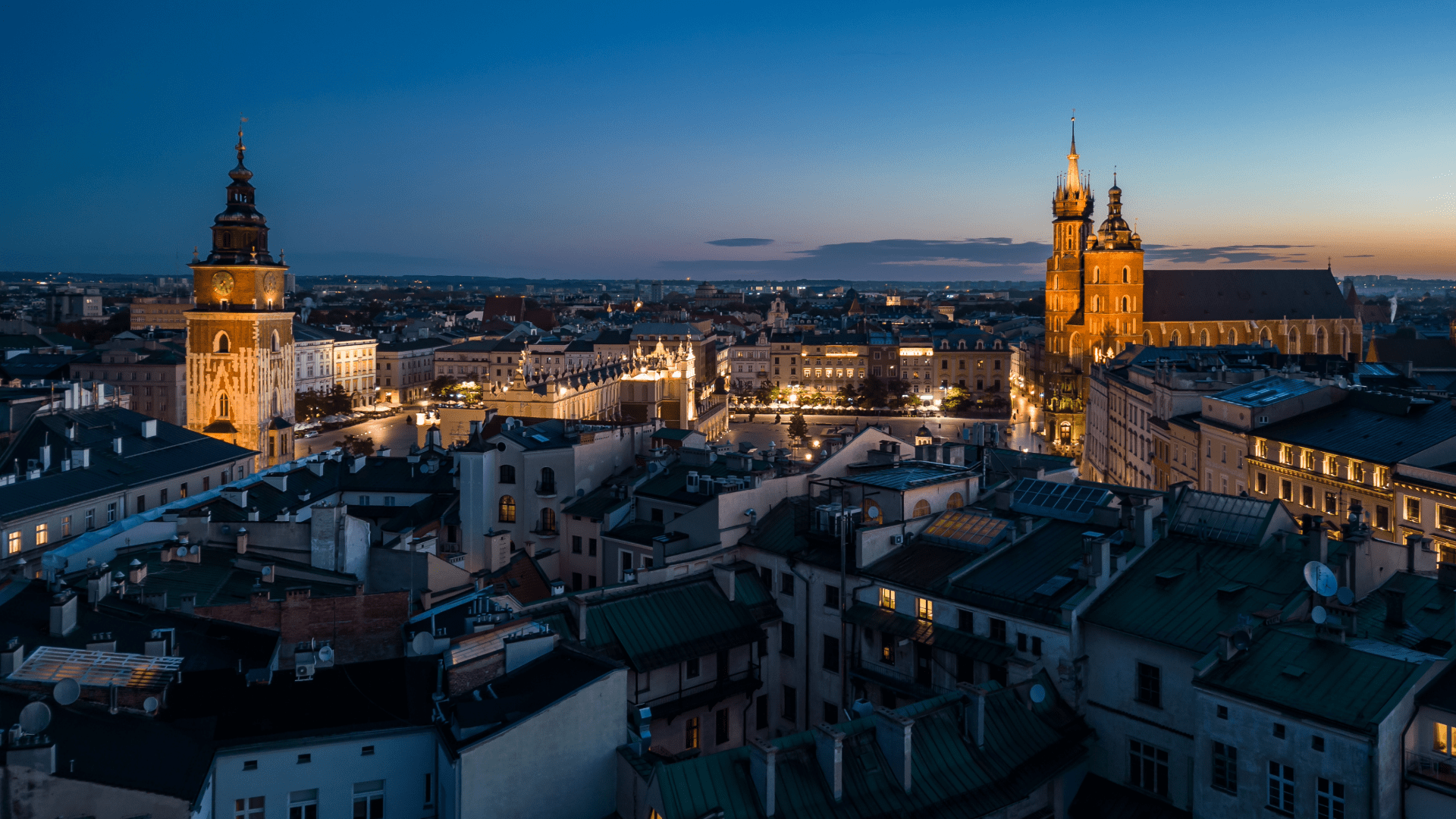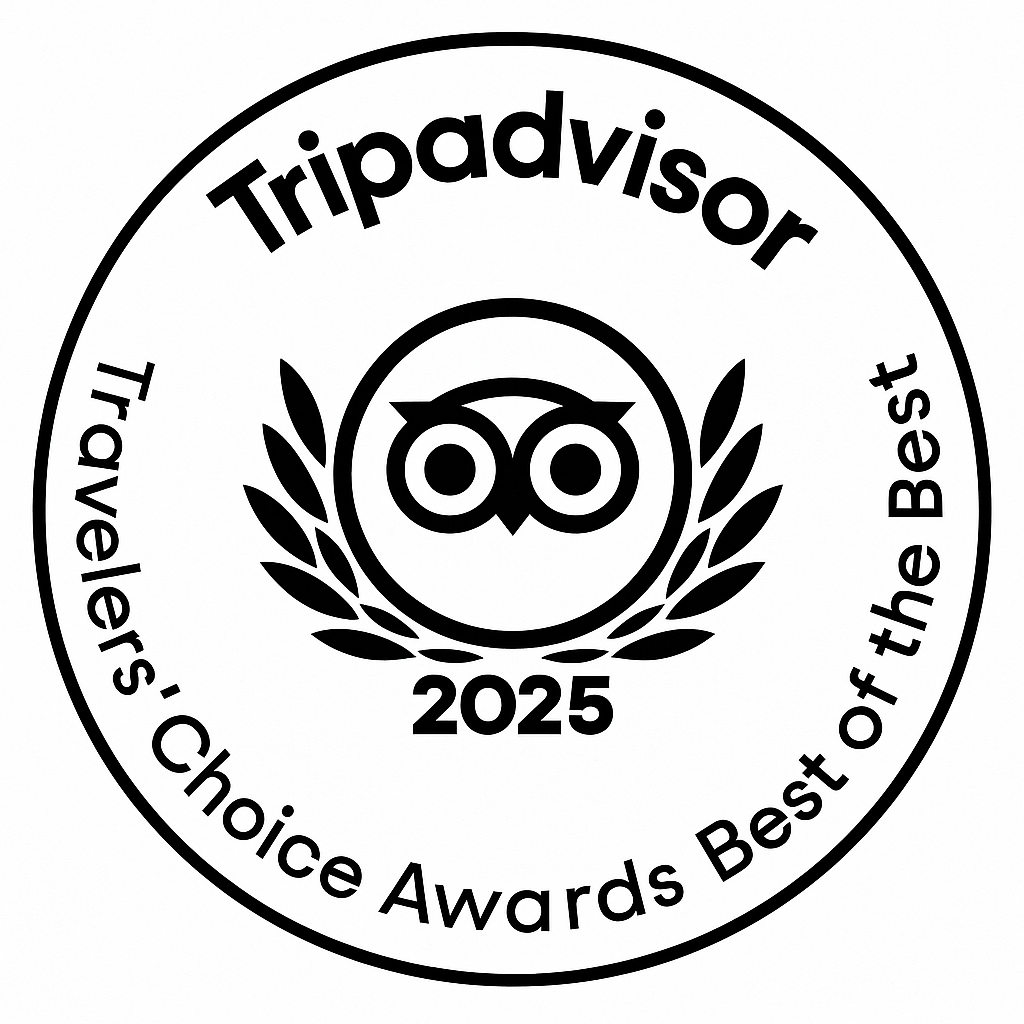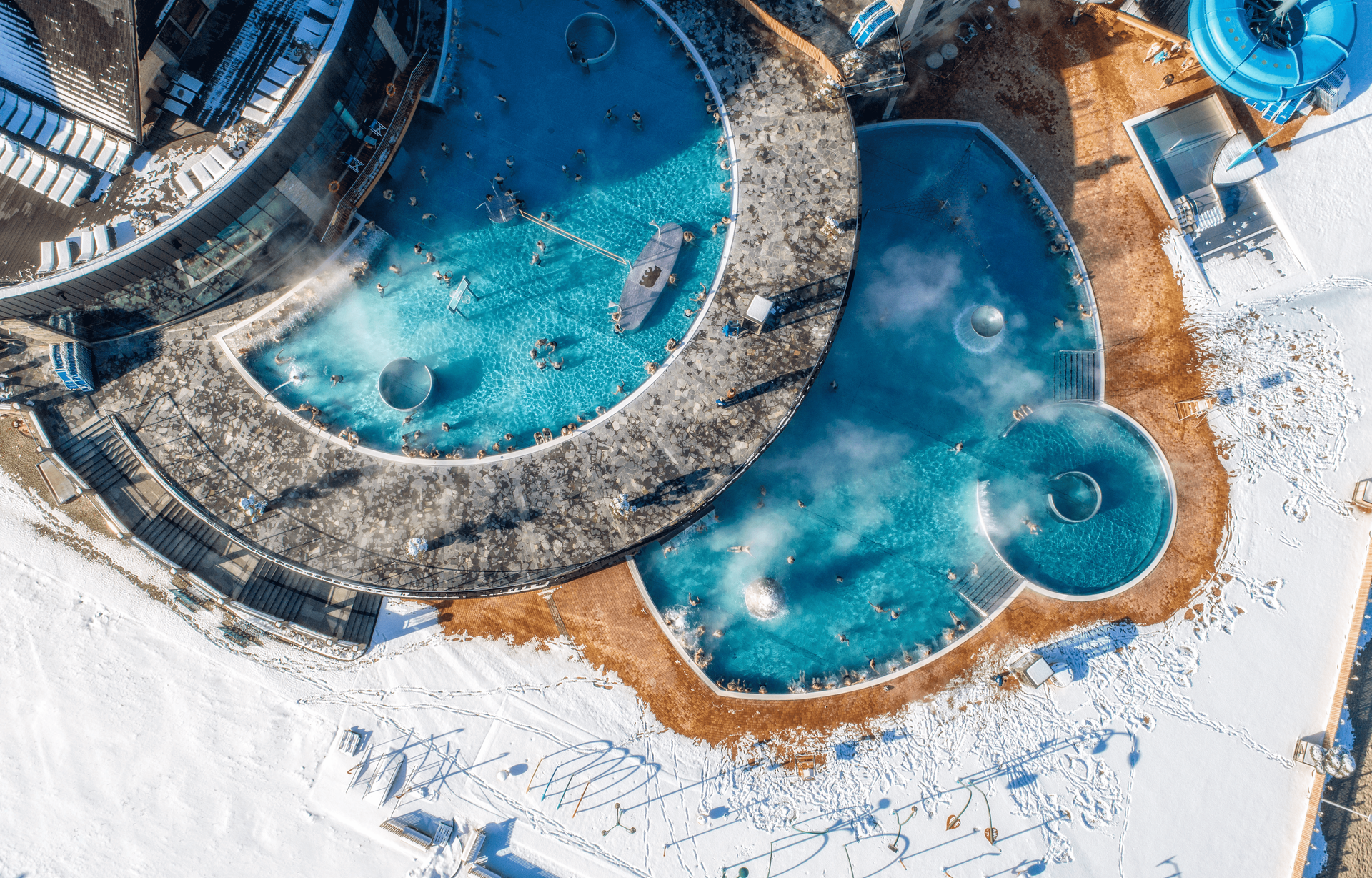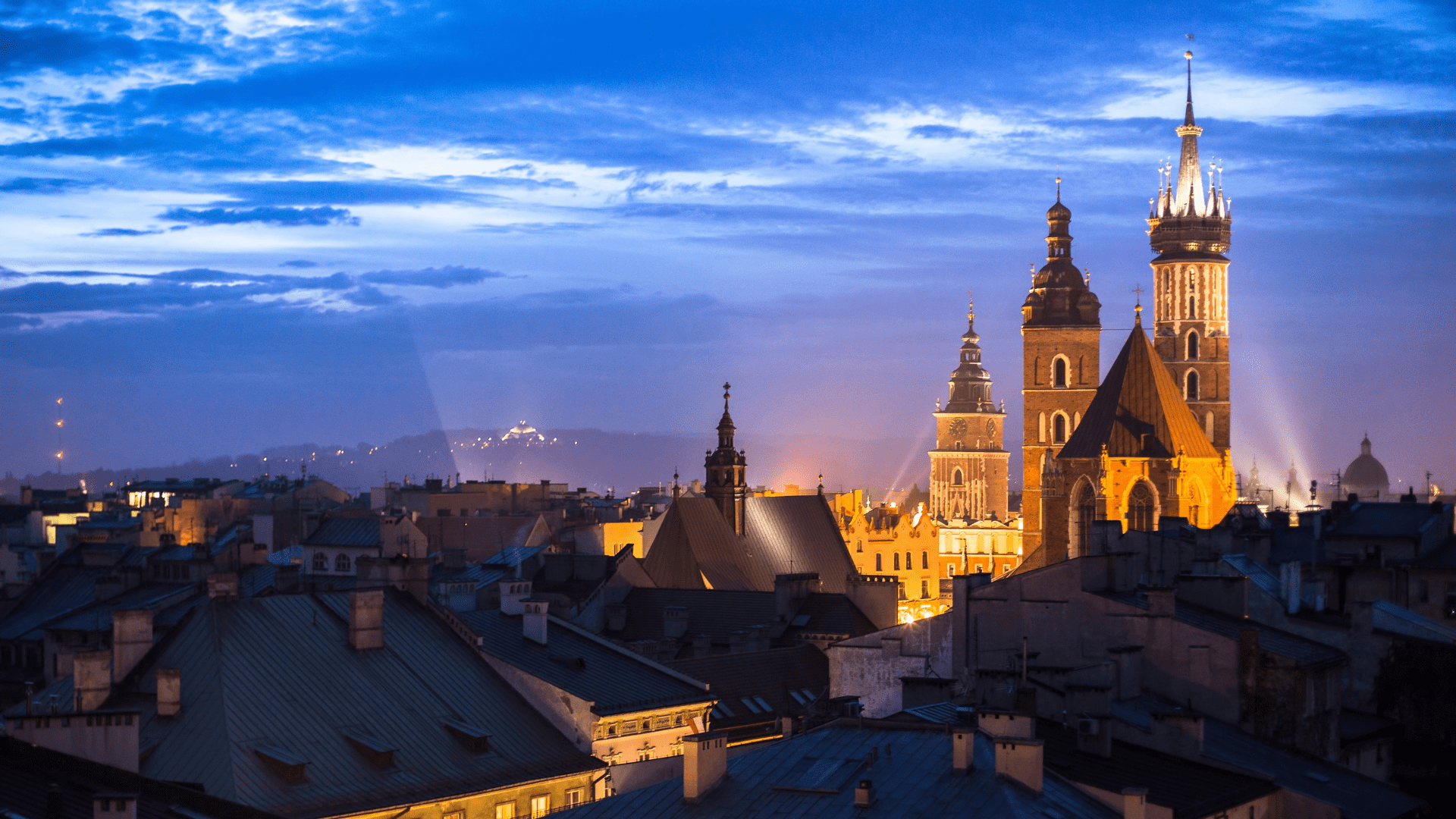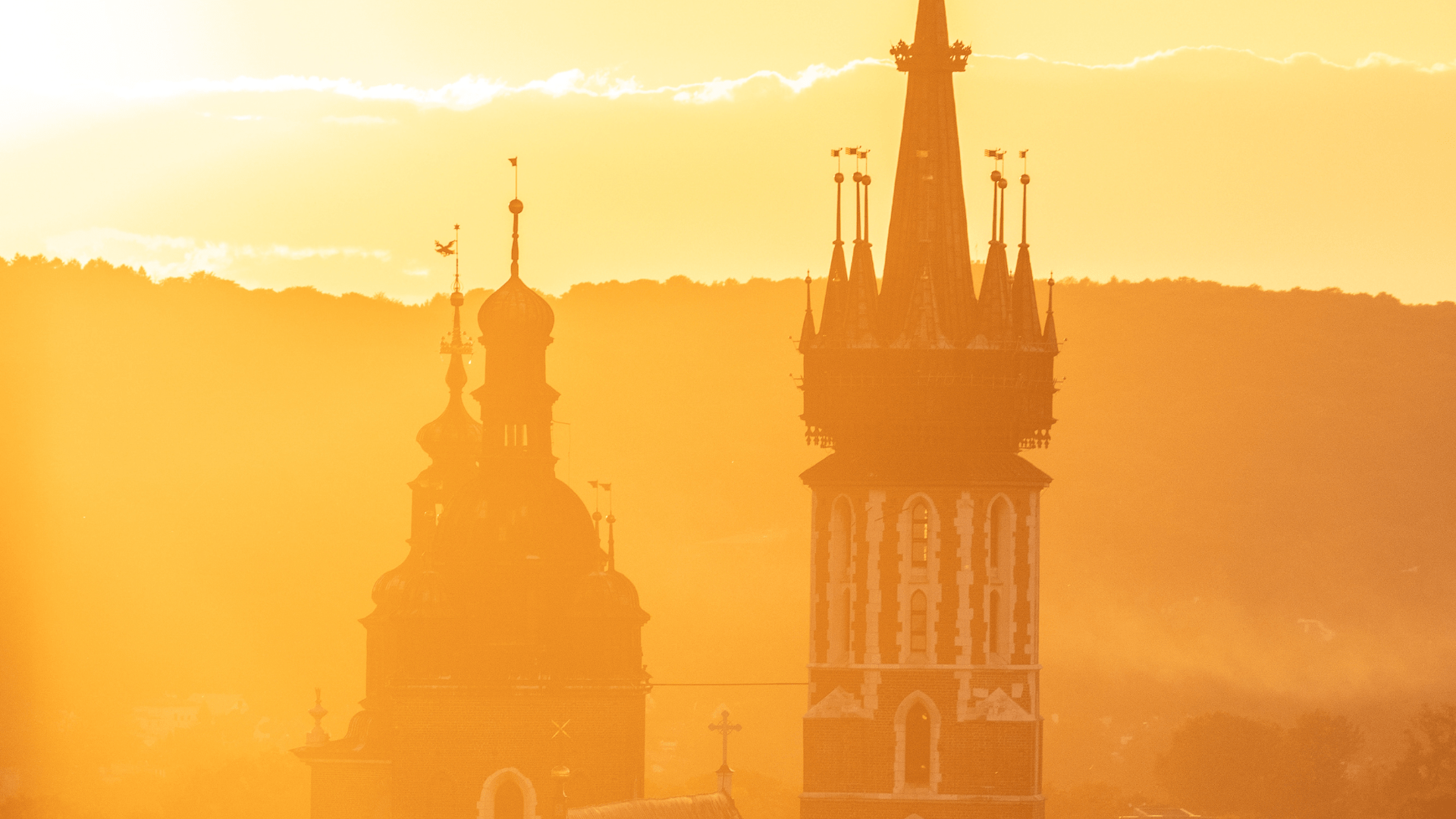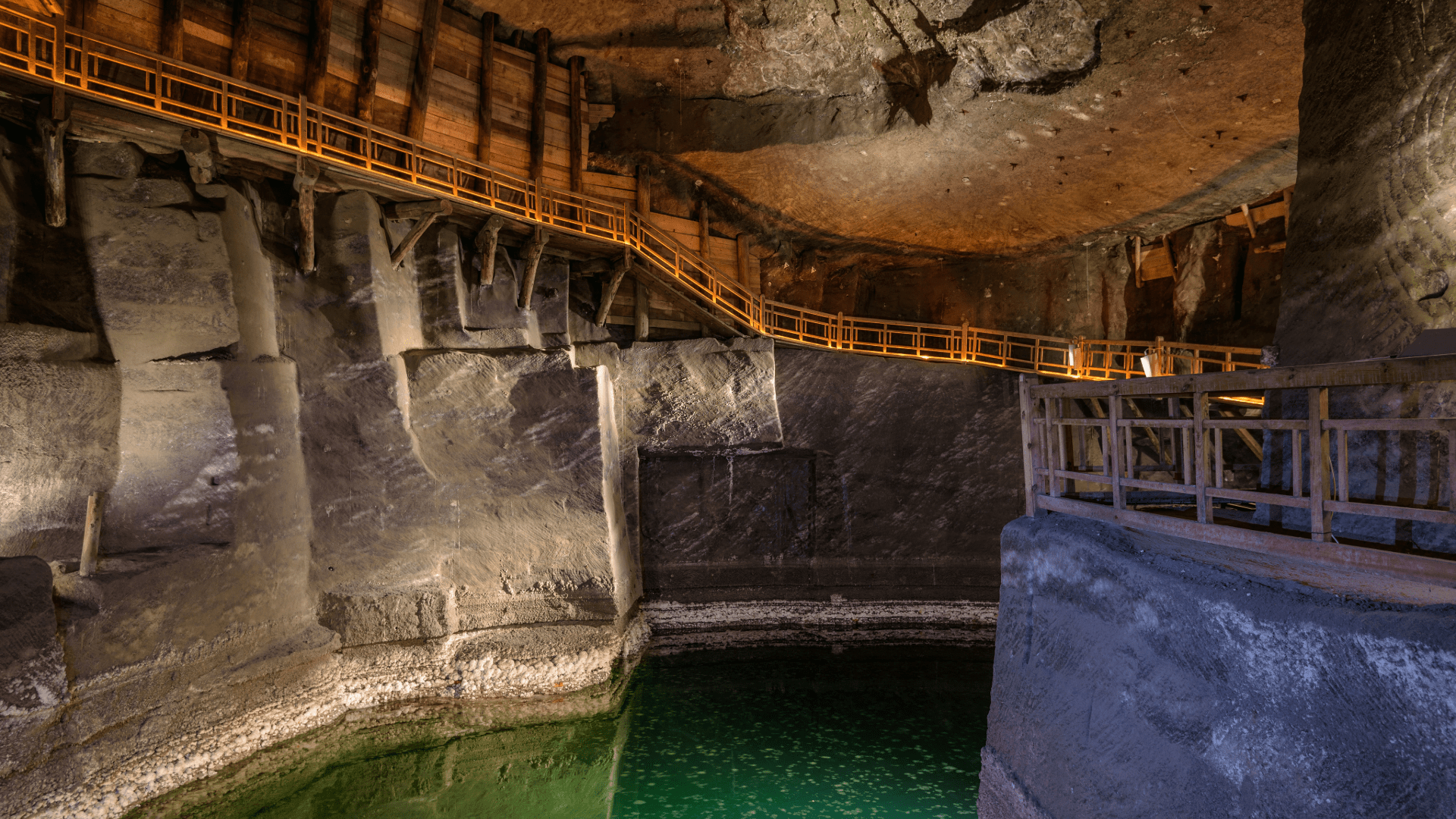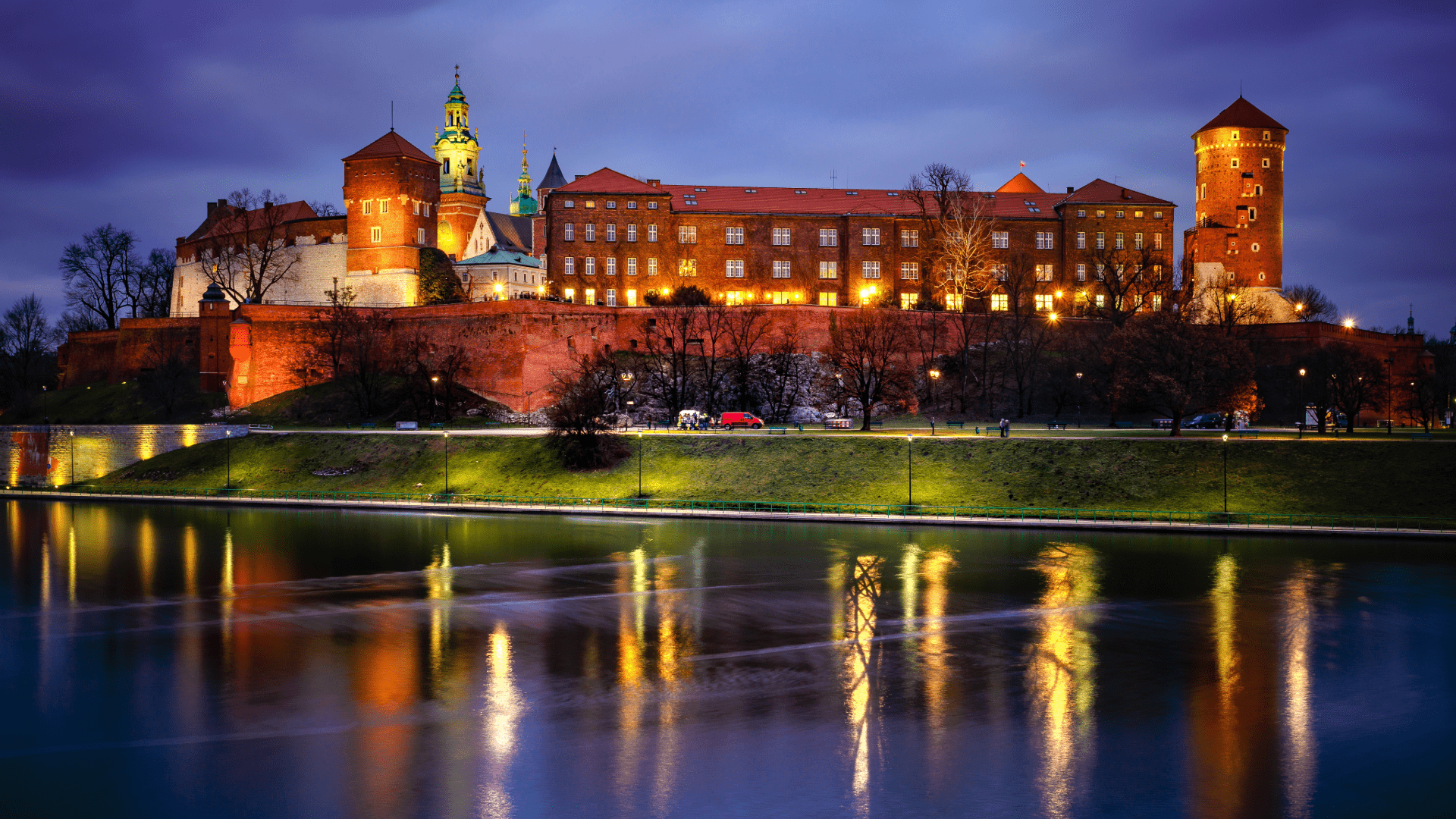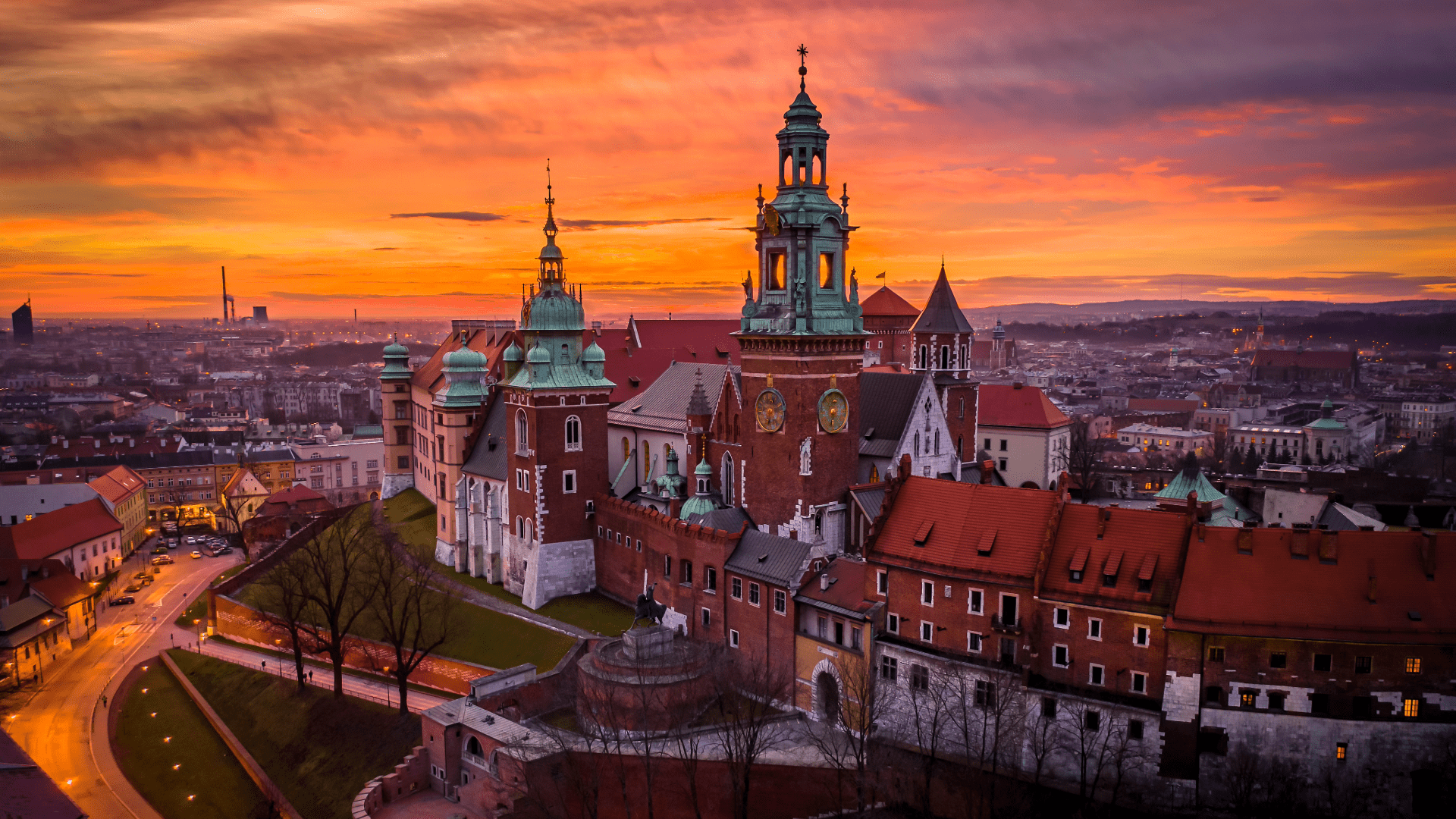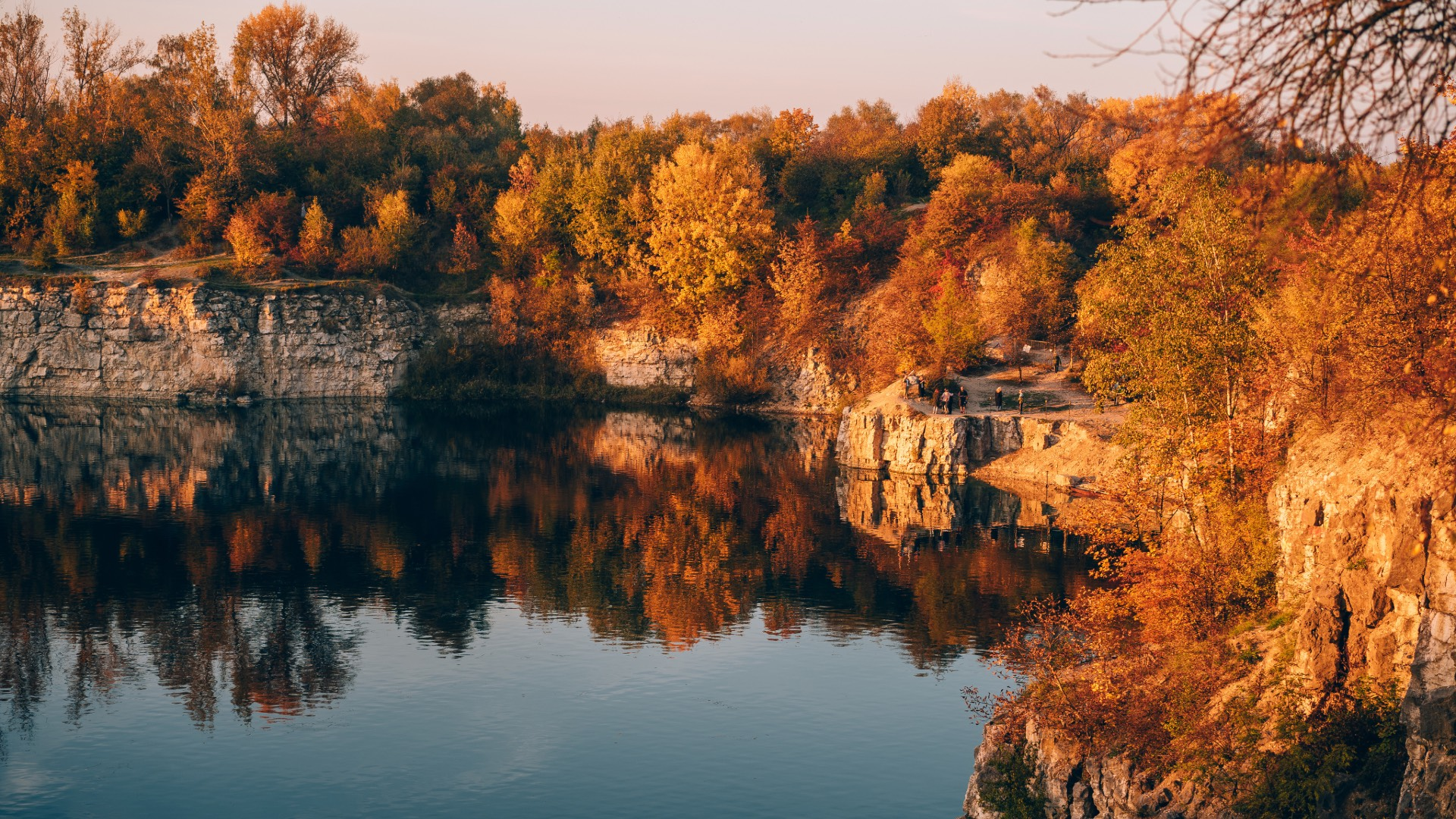How Does Krakow Differ from Other European Cities?
For many travelers in Central Europe, the usual choices dominate. Vienna feels imperial. Prague feels romantic. Budapest feels grand and monumental. Yet in the heart of Lesser Poland sits Krakow, a city with a deeper historical soul. Krakow offers a richer, more authentic journey into the past. It stands not as an alternative, but as a destination of unmatched historical immersion.
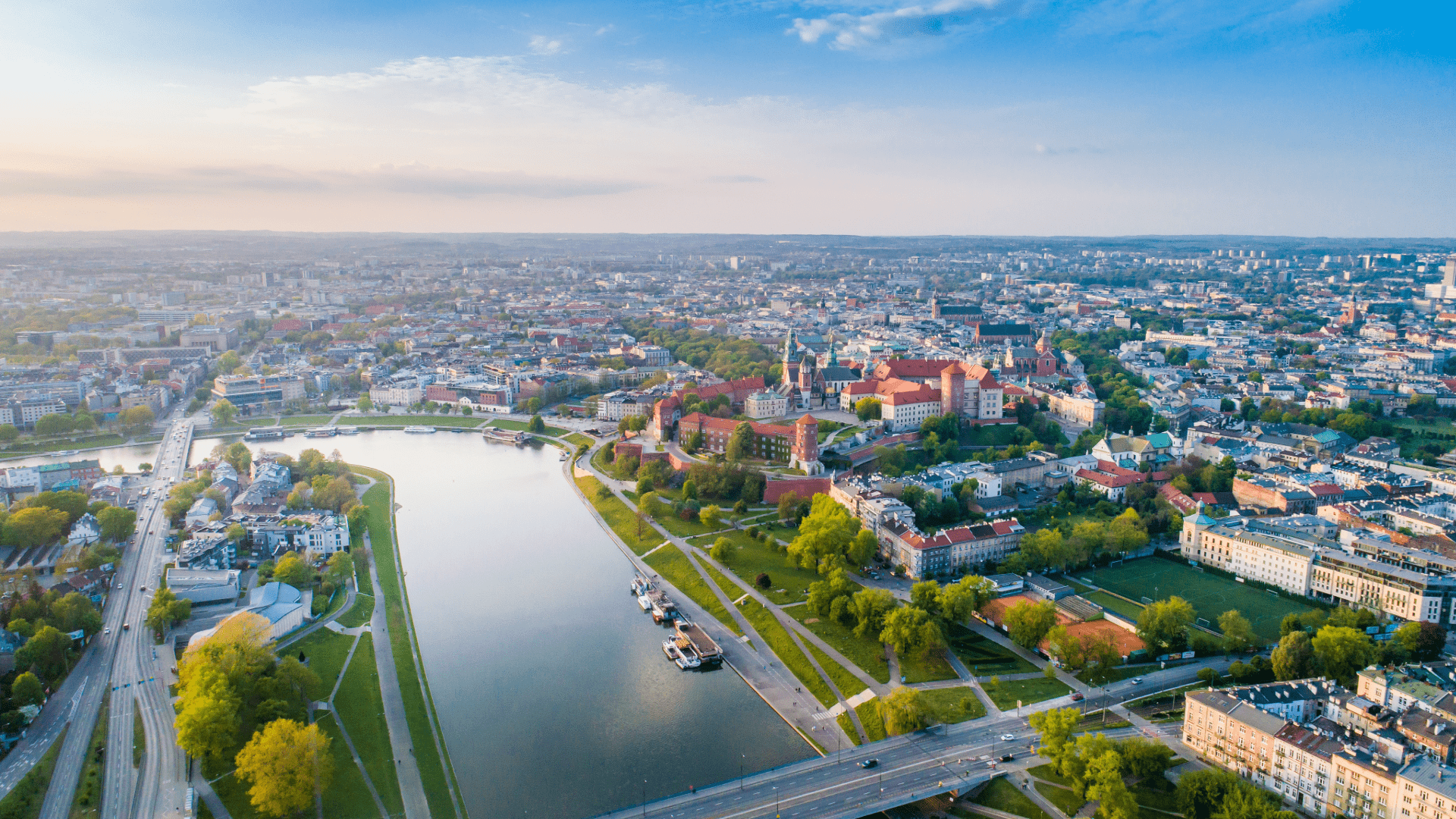
The Medieval Miracle
Krakow's historic center is a rare physical treasure in Central Europe. Its layout and authenticity make it truly unique. One key reason stands above all others. The city avoided large-scale destruction during World War II. Warsaw, Dresden, Berlin, and Budapest faced heavy bombing. Many of them needed massive rebuilding after the war. Kraków's Old Town, however, survived untouched.
The Authenticity Premium
Krakow's survival allowed its original urban structure to remain intact. Many buildings are centuries old and beautifully preserved. This creates true physical authenticity that rebuilt cities rarely achieve. The city avoids the theme-park feeling seen in tourist-heavy destinations. Instead, Kraków maintains a lived-in, deeply authentic atmosphere. This appeals to travelers who want real, unpolished historical immersion. The city also kept its small, human-scale layout after the royal court moved to Warsaw. That long stagnation helped preserve a charming and continuous urban landscape beyond the center.
Europe’s Grandest Stage
The size and long-lasting function of the Main Market Square highlight Krakow's rare historical value. It is officially the largest medieval market square in Europe. Unlike many squares turned into ceremonial spaces, the Rynek has stayed active since the 13th century. The Renaissance Cloth Hall shows this best. It still works as a trading center today. Its activity connects modern commerce with medieval traditions. The hourly Hejnal Mariacki adds another layer of living history. The melody ends suddenly, recalling a trumpeter wounded during the 1241 Mongol attack.
The Intact Royal Procession Path
The Royal Route is one of Europe's most complete historical procession paths. It runs from Florianska Street to Wawel Castle. Polish kings once used this road for coronations and triumphal entries. The route begins near St. Florian's Church and Matejko Square. It then passes the impressive Gothic Barbican, one of only three surviving outposts. It is also the best-preserved example in Europe. The path continues through Florianska Gate, the only medieval gate kept after 19th-century changes. Its preserved structure lets visitors walk directly in the footsteps of history.
This grand route blends beautifully with the surrounding historic core. The vast Rynek and Wawel create a monumental impact. Yet the nearby green spaces keep the area walkable and intimate. Krakow offers grandeur without losing comfort or accessibility. This balance sets it apart from many larger, sprawling European cities.

The Intellectual Heart of Central Europe
Wawel: The National and Mystical Anchor
Wawel Castle and Cathedral rise proudly above the Vistula River. They remain Poland's spiritual and historical heart. For centuries, they served as the burial place of Polish kings. Wawel is more than a collection of buildings. It is deeply tied to national myths and legends. At the hill's base stands the bronze Wawel Dragon. The sculpture breathes real fire, delighting both children and adults.
Europe’s Ancient Academic Core
Vienna's identity is closely tied to political power, but Krakow's spirit belongs to learning and the arts. The Jagiellonian University, founded in 1364, is Poland's oldest academic institution. It is also one of Europe's oldest secular universities. King Casimir the Great envisioned it as a jewel of knowledge. Its legacy includes alumni like Nicholas Copernicus and Pope John Paul II. This history keeps Krakow filled with artistic and intellectual energy. It stands apart from capitals shaped mainly by politics.
When power shifted to Warsaw, Kraków faced an economic slowdown. The city then strengthened its academic and spiritual roles. This decision protected a steady intellectual atmosphere. Students, poets, and artists continued to arrive. Their presence still drives Krakow's rich and lively cultural scene.
Kazimierz and the Authentic Pulse of Life
Kazimierz is one of Europe's most important Jewish districts. Its Jewish heritage remains unusually well preserved after the war. After years of neglect and trauma, the area has transformed into Krakow's trendiest neighborhood. It is now the center of nightlife and has a raw, youthful energy.
Its revival grew from local artists, students, and entrepreneurs. This makes Kazimierz feel real and unforced. It was not shaped for tourists. Bars like Alchemia keep a worn, antique charm with old furniture. They also add modern, creative touches that appeal to today's visitors. Some tables are made from Singer sewing machines. Some bars use swings instead of seats. This mix shows how a painful past can inspire resilience. It creates a vibrant cultural scene for travelers seeking genuine local experiences.
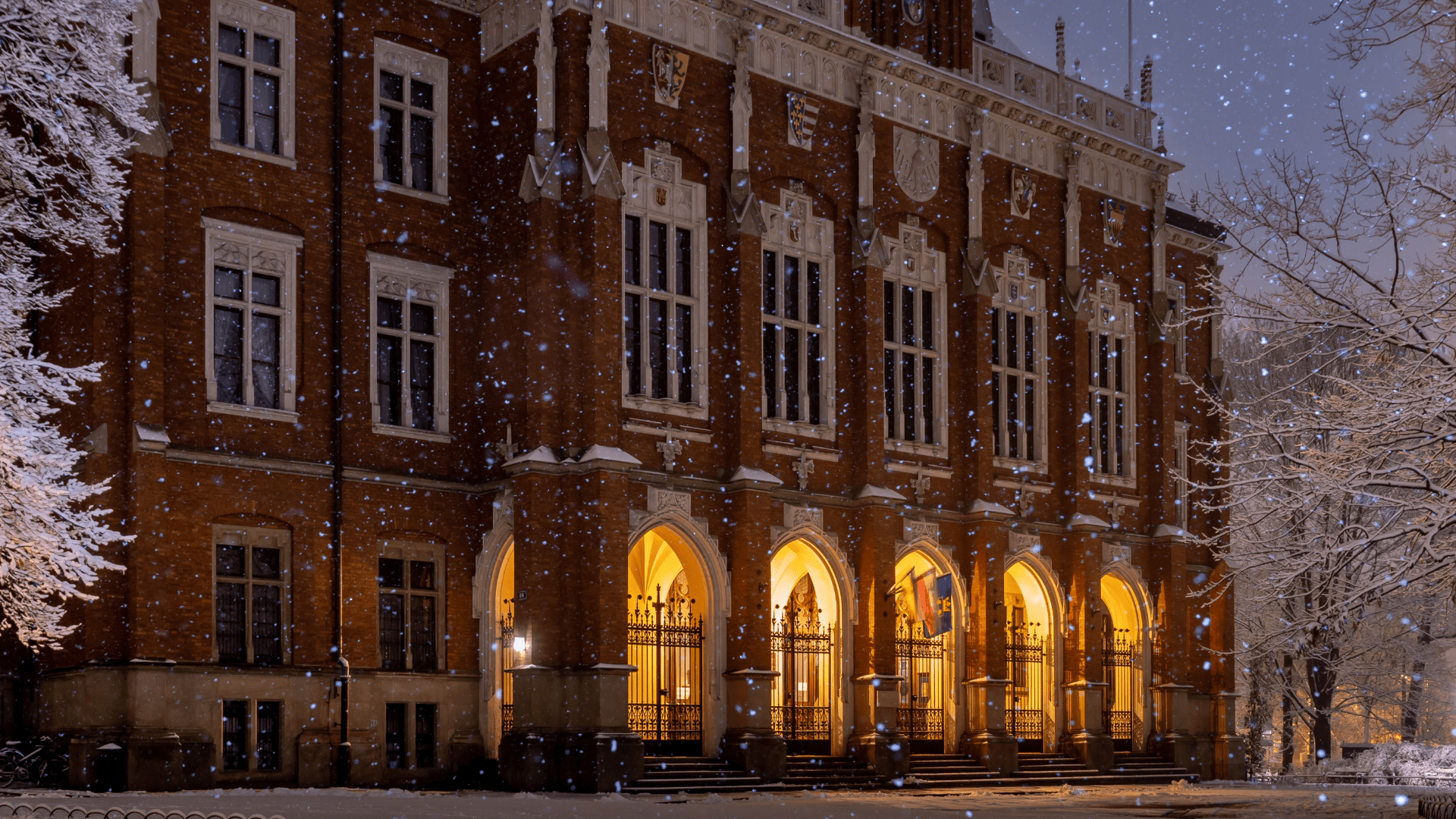
The Green City Paradox
Krakow is one of Europe’s greenest cities, with parks and greenery covering more than 60% of its area. This blend of nature and a dense historic center creates a unique and enriching experience for visitors.
Planty
Planty Park is Krakow's most distinctive urban feature, a 21-hectare green ring surrounding the entire Old Town. It was created in the 19th century on the site of former medieval walls. This design helps the city balance historical density with livability. Planty provides a vital breathing space, softening the rigid architecture. It serves as a rare urban sanctuary within a tightly packed medieval center.
Błonia
Błonia is a 48-hectare meadow showcasing Krakow's dedication to green space. It is the largest natural meadow in a major European city center. Despite pressure for nearby commercial development, it has remained untouched. This preservation highlights the city's cultural commitment to communal outdoor spaces and quality of life. It challenges stereotypes of post-communist urban planning. Integrating nature helps reduce fatigue when exploring dense historical areas. Visitors and locals can recharge without leaving the central city. This approach creates Krakow's slower, more relaxed, lived-in rhythm.
Vistas and Waterways
Beyond the city center, Krakow provides excellent access to nature. The Vistula Boulevards, once flood defenses, now serve as long recreational paths. The river offers modern activities like cruises, gondolas, and restaurant barges. These boulevards are also part of the international EuroVelo cycling route. For breathtaking views, visit Kosciuszko and Krakus Mounds. They provide elevated perspectives over the city and surrounding landscapes. These mounds combine history, nature, and stunning panoramas in one experience.
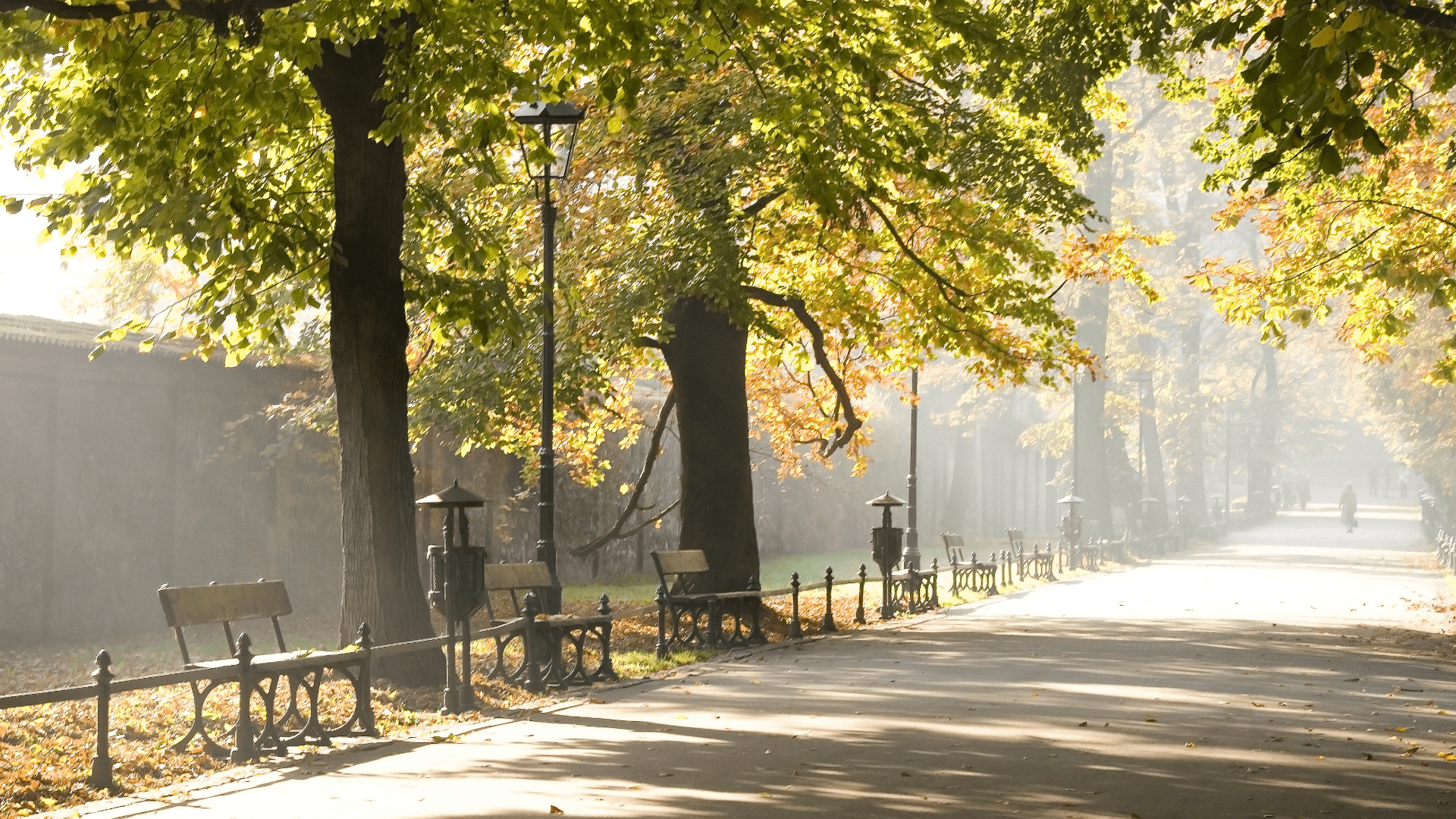
Discovering the Deeper Layers
Podgorze and the Hard Truths
The district of Podgorze, across the Vistula River, was the location of the Jewish Ghetto during the Nazi occupation. Today, it hosts essential sites of memory:
- Oskar Schindler's Factory: This site, known internationally from Schindler's List, is now a compelling museum focusing heavily on the experience of life in occupied Krakow during the Holocaust, extending far beyond the story of Schindler himself.
- Ghetto Heroes Square: The site of the former ghetto liquidation, now marked by a moving memorial featuring scattered chairs.
- The Eagle Pharmacy: Run by Tadeusz Pankiewicz, this pharmacy was a critical point of aid for Ghetto residents, offering invaluable insight into wartime resistance.
Nowa Huta
For a unique historical contrast, Nowa Huta showcases Socialist Realist urban planning. It was built from scratch in the 1940s. The city was funded by the Soviet Union as an ideal socialist project. Its wide, geometric avenues sharply contrast with the Rynek’s narrow medieval streets. This offers insight into the grey reality of Communist Poland. Cities like Prague or Budapest do not provide this perspective. Krakow’s historical layers give travelers a dense, interconnected narrative spanning a thousand years.
Essential Exploration Outside the City Walls
Krakow serves as the crucial logistical gateway to two sites of global historical and cultural importance, which are considered integral to any visit to the region.
- Auschwitz-Birkenau: Located near Krakow, this former German Nazi concentration and extermination camp is a site of deep reflection and an extremely important history lesson.
- Wieliczka Salt Mine: A UNESCO World Heritage site and an engineering marvel. This vast underground world features kilometers of corridors and massive chambers, including an entire chapel carved meticulously out of rock salt.
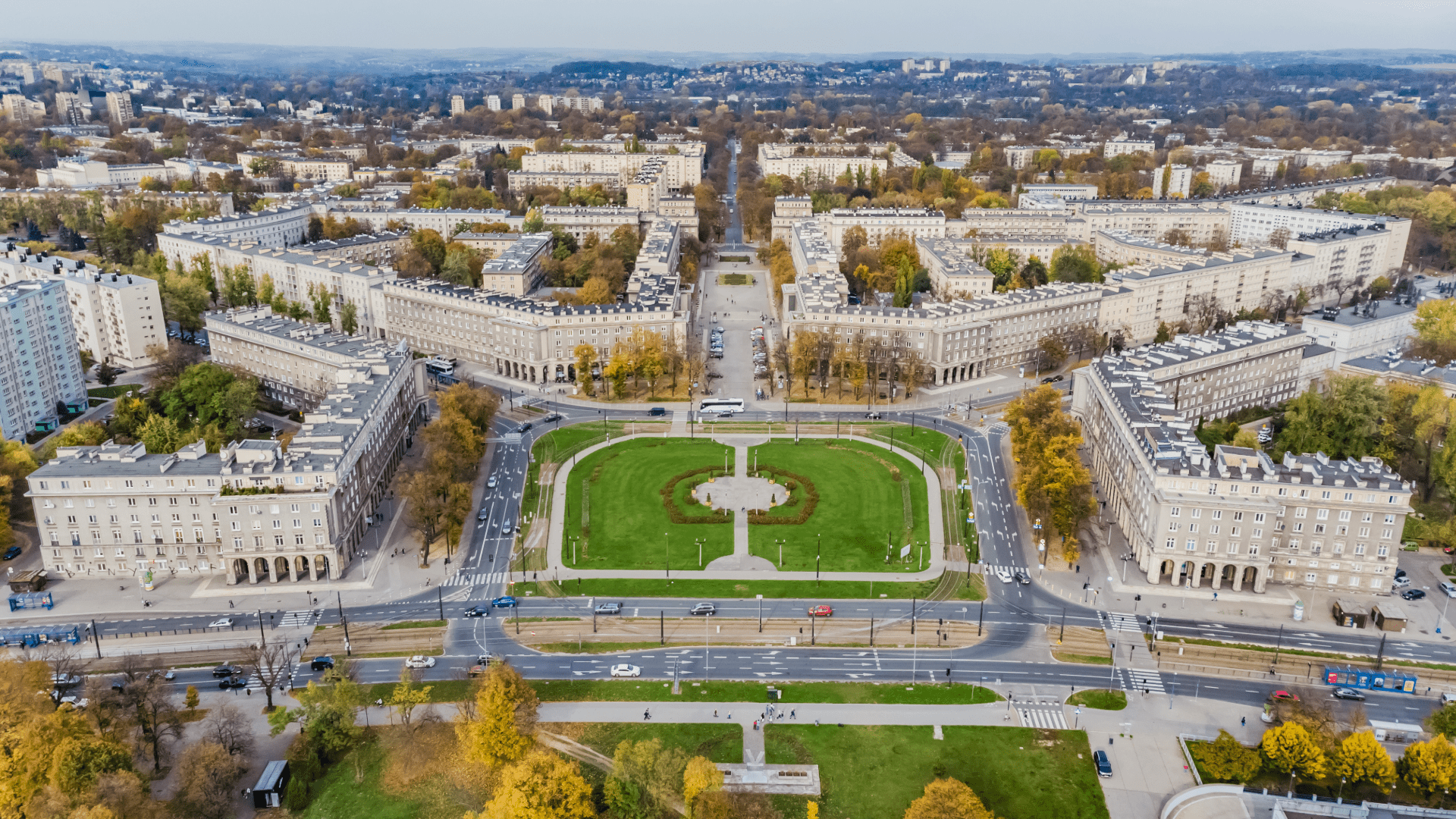
The Unbeatable Krakow Value Proposition
Krakow offers rich history, deep culture, and authentic everyday life, with affordability often described as the cherry on top. The city is cheaper than most Western European destinations, and many Central European cities use the Euro. This combination of high cultural value and low cost creates an exceptional Price-to-Experience Ratio. Local tours, museums, and accommodations are generally more affordable than in other major European cities. Travelers can enjoy profound cultural experiences without overspending.
Economic Catalyst for Deeper Exploration
Lower costs allow travelers to extend their stay and enjoy longer cultural immersion. Expert-led tours are also affordable, deepening understanding of Krakow’s layered history. Dining and entertainment offer excellent value. A full, elegant meal with drinks and dessert often costs €10–€15, much less than in Western Europe. Traditional Milk Bars serve substantial meals for just €5–€6. The bar scene is accessible too, with local craft beers and wine available for around €4.
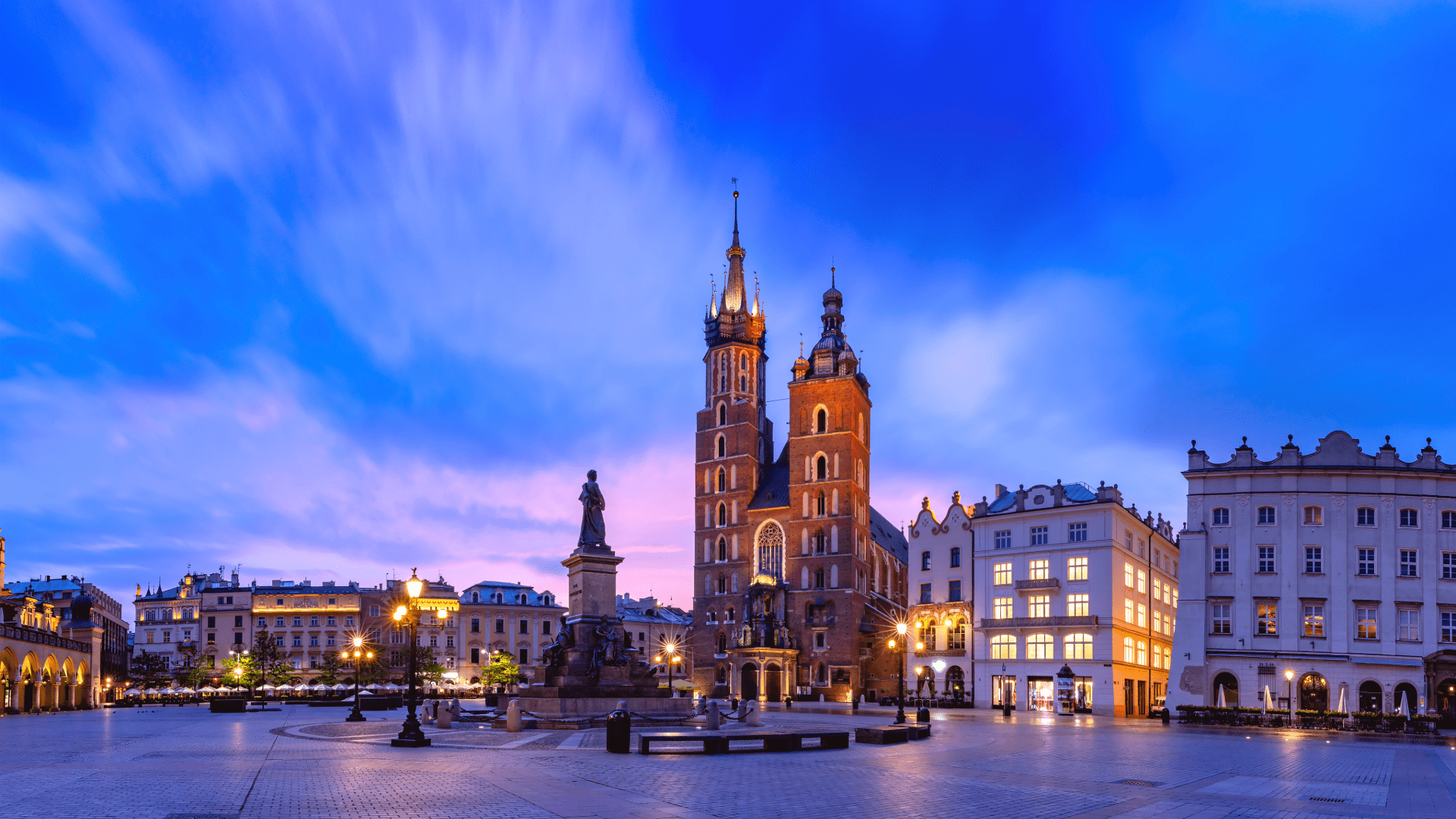
Your Next Story Starts Here
Krakow is a city where history is alive, woven into everyday life rather than confined to museums. Walk the original Royal Route or stand in Europe’s largest medieval square. Explore the vibrant, youthful culture of Kazimierz or reflect in historic Podgorze. Krakow offers unmatched depth, authenticity, and intellectual richness. All of this comes with exceptional affordability, setting it apart from more polished European rivals.
Contact the Hello Cracow team today to secure personalized, expert-led tours and unlock the deepest narratives of Poland’s cultural heart.
